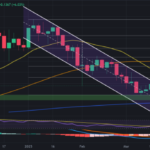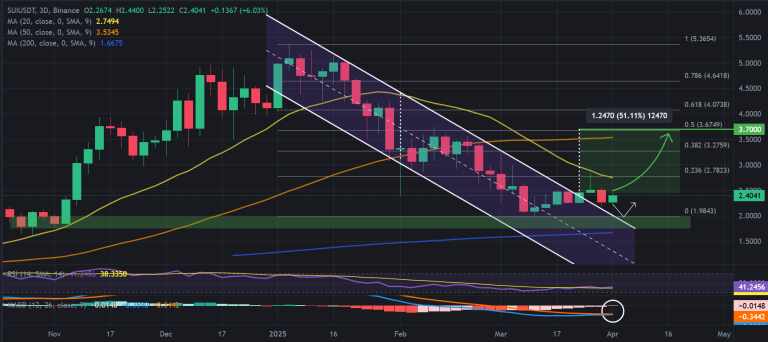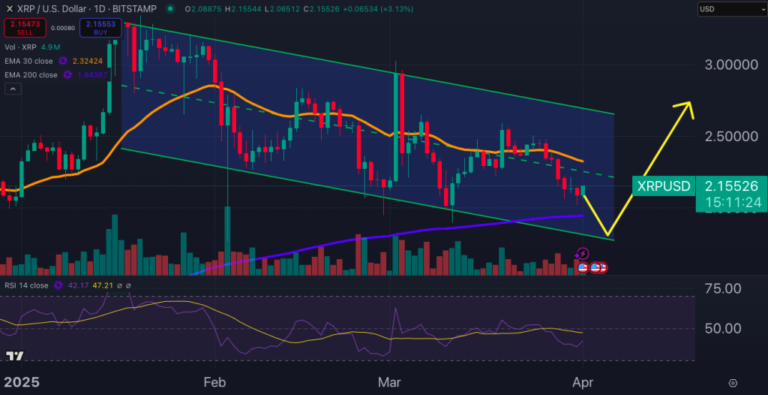
New figures have revealed what is set to be the rise in the annual State Pension – but they come with a warning.
The Office for National Statistics (ONS) has released new data that suggests the annual State Pension uprating next April will be calculated using the earnings growth measure of the Triple Lock. It comes as the Consumer Price Index (CPI) inflation rate for September was revealed by the ONS to be 1.7 per cent.
The Triple Lock mechanism ensures that the New and Basic State Pensions increase each year in-line with whichever is the highest between the average annual earnings growth from May to July (4.1%), CPI in the year to September (1.7%), or 2.5 per cent.
Additional State Pension elements and deferred State Pensions rise each year with the September CPI figure. This suggests that under the earnings growth figure of 4.1 per cent, individuals on the full New State Pension will see payments increase by £9.10 per week from £221.20 to £230.30.
As the payment is typically made every four weeks, this amounts to £921.20. This will result in annual payments increasing by £473.60 from £11,502 to £11,975.60 over the 2025/26 financial year. Worringly, this is close to the tax-free Personal Allowance.
Similarly, someone on the full Basic State Pension will see weekly payments rise by £6.95 per week from £169.50 to £176.45, or £705.80 every four-week payment period. Annual payments will increase by £361.40 from £8,814 to £9,175.40 over the 2025/26 financial year, according to the Daily Record.
Chancellor Rachel Reeves is poised to announce the annual State Pension and benefits increase during the Autumn Budget on October 30, 2024. The Labour Government has committed to maintaining the Triple Lock for the next five years.
Recent data from the Office for National Statistics (ONS) indicates a rise in earnings growth, with figures being revised up from 4.0 per cent to 4.1 per cent annually for the three months leading up to July. This minor adjustment could significantly affect the State Pension bill, as pointed out by former Liberal Democrat pensions minister Sir Steve Webb, now a partner at LCP (Lane Clark and Peacock).
Sir Steve remarked on the implications: “A slightly higher rate of increase is welcome for pensioners, though will be an unwelcome £100 million extra cost for the Chancellor as she prepares her Budget.”
He also noted the tax consequences: “The rate of the new State Pension will now be close to £12,000 per year, very near to the £12,570 tax-free Personal Allowance. This is likely to put extra pressure on the Chancellor to take action on tax allowances in the coming years.”
State pension payments 2025/26
Looking ahead to the State Pension payments for the fiscal year 2025/26, calculations based on the updated 4.1 per cent earnings growth figure suggest that recipients of the full payment can expect certain amounts.
Full New State Pension
- Weekly payment: £230.30 (from £221.20)
- Four-weekly payment: £921.20 (from £884.80)
- Annual amount: £11,975 (from £11,502)
Full Basic State Pension
- Weekly payment: £176.45 (from £169.50)
- Four-weekly payment: £705.80 (from £678)
- Annual amount: £9,175 (from £8,814)
The State Pension sees a significant uplift, with weekly payments rising from £221.20 to £230.30 and the four-weekly figures jumping from £884.80 to £921.20, culminating in an annual total that escalates from £11,502 to £11,975. In the same vein, the Full Basic State Pension will see an upturn. Weekly payments will climb from £169.50 to £176.45, four-weekly payments increase from £678 to £705.80, and the yearly amount from £8,814 to £9,175.
However, Royal London’s recent data points out that only about half of those who received the New State Pension last year got the complete weekly sum, with around 150,000 individuals receiving under £100 per week.
The Department for Work and Pensions (DWP) informs all 12.7 million State Pensioners about their updated rates through letters dispatched typically at the year’s start.
Commenting on how living costs affect pension raises, Sir Steve said: “Even a slightly improved pension rise will however leave many pensioners out of pocket in real terms overall next April.”
He underscored the role of inflation, explaining: “More than half of next year’s increase will simply be keeping pace with inflation. Taking account of inflation and the loss of Winter Fuel Payments, older pensioners who lose winter fuel payments at the £300 rate will be worse off overall.”



















